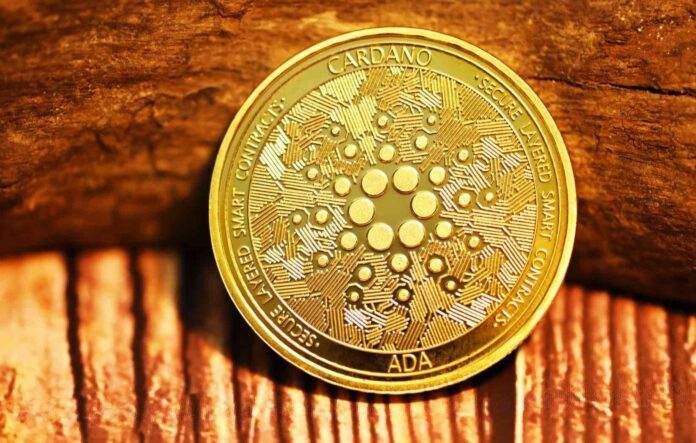
Cardano, the third-generation smart contract platform that is being developed in a scientific manner, has introduced Warp Transactions to facilitate ADA transactions between users.
Warp transactions are presented as an innovation for the transfer of ADA, allowing the sender of a transaction to not have to pay the minimum fee required by the network for each transaction.
This minimum fee of 1,14 ADA (currently around $0,28) was established as a safety measure to ensure Cardano's stability by minimizing the risk of spam and network attacks. However, for many Cardano users, paying this minimum transaction fee is inconvenient.
Therefore, the goal behind Warp transactions is to allow a user to send ADA without having to spend the minimum transaction fee required by the network. Instead, Warp transactions allow this fee to be borne by the user receiving the transaction; i.e., the receiver.
As explained by the developers of Strica, an open-source protocol built on Cardano, Warp transactions are pure UTXO transactions, which utilize multi-signature capabilities and operate without the use of smart contracts.
One limitation of this type of transactions is that they only work for users of Typhon Wallet, the wallet developed by the Strica team.
Still, this is an innovation for the network, facilitating the collaborative exchange and transfer of ADA between the sender and recipient of a transaction, as both must sign the transaction for it to be executed.
Cardano co-founder Charles Hoskinson praised the development of Warp transactions by sharing a gif on social network X (formerly Twitter). “Well done,” reads the gif posted by Hoskinson in reference to this development.

How do Warp transactions work?
The key to Warp transactions is the use of the receiver's UTXOs, i.e. the unspent balances they hold in their wallet. These UTXOs are used to cover the minimum ADA fee needed to execute a transaction on the Cardano network. This way, the sender does not have to incur any additional expenses, and the receiver only pays a small amount of ADA to receive the tokens.
Since this special transaction type is available to Typhon users, the wallet takes care of managing the entire Warp transaction flow. Thus, the sender only has to select the tokens they want to send and the address they are sending to, while the receiver can see the incoming transaction and decide whether to accept or reject it.
If the transaction is accepted, it is signed and sent to the Typhon mempool, where it awaits inclusion in a Cardano block. If the transaction is not signed by the recipient within 24 hours, it is automatically cancelled.
The Strica Team he highlighted that Warp transactions are optional and users can always choose whether to use them or not.
Lace announces new updates
In addition to Warp transactions by the Strica team, Cardano is also welcoming new developments from the Lace light wallet platform.
In a blog post, the team building Lace indicated that new functionalities have been enabled in the wallet that allow users to stake ADA in up to five staking pools simultaneously, a number that will increase in the future. In addition to this, Lace has also added support for CIP30 transactions, in order to make it possible for Ledger hardware wallets to interact with DApps and smart contracts on Lace.
The announcements represent a groundbreaking development for the wallet, which leverages Pretty Good Privacy (PGP) public-key encryption technology and is designed for security.
Late last year, Hoskinson stated that he would challenge the crypto community to Break Lace's security Once the wallet is ready, Hoskinson plans to create a Lace wallet with $1 million worth of ADA and challenge the crypto community to try to hack it.



